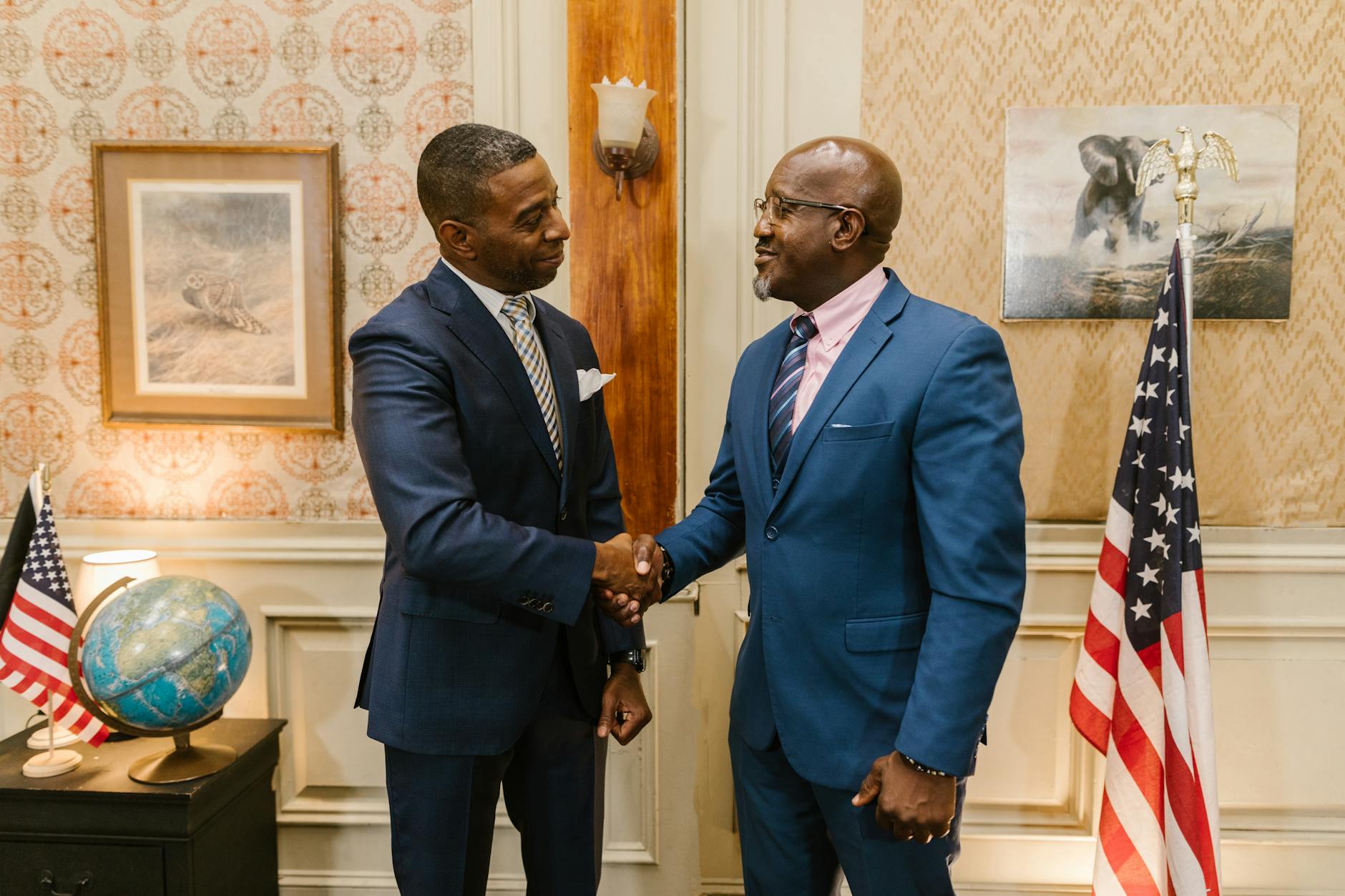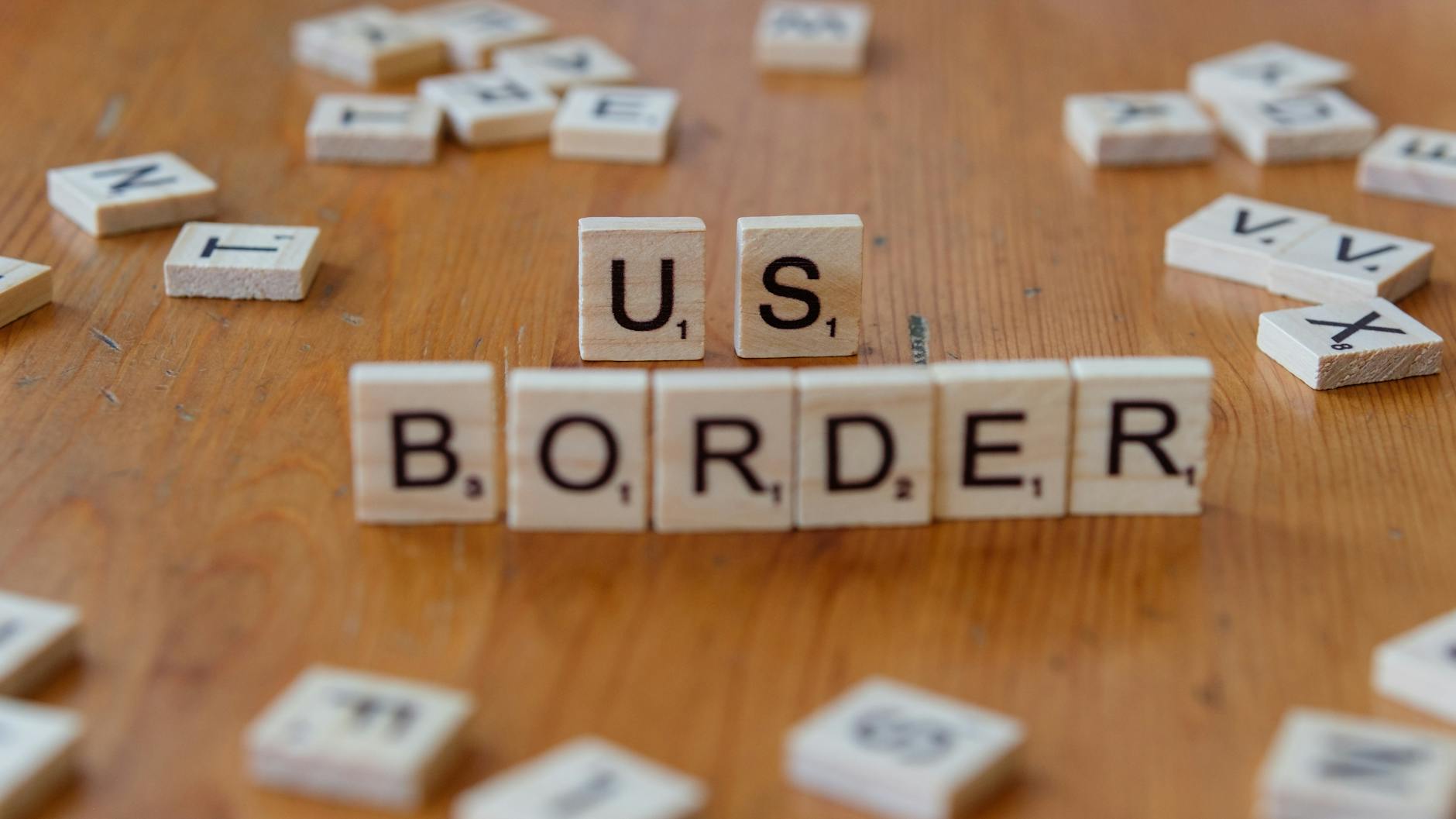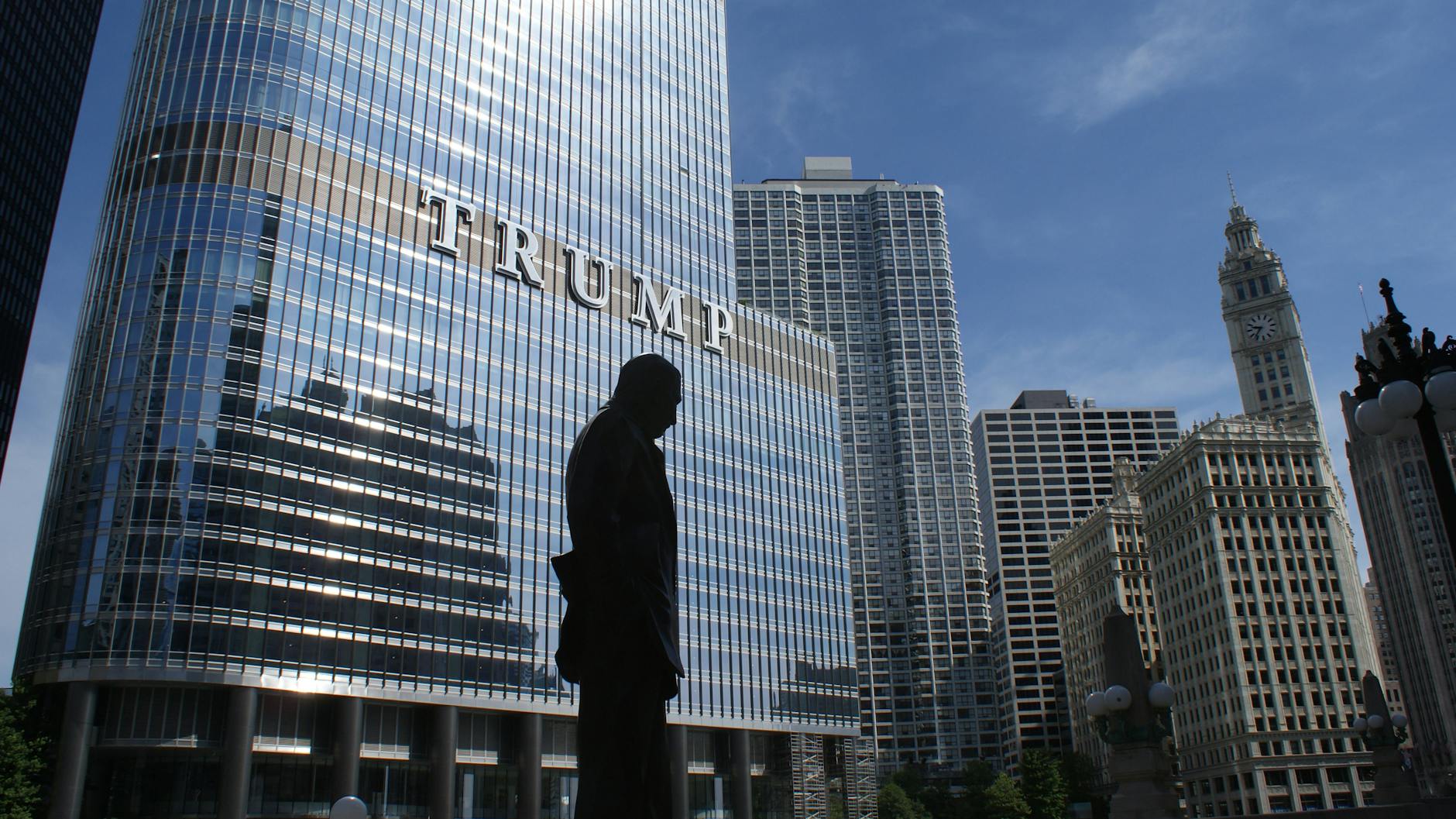Ukraine’s Diplomatic Dance: Zelenskyy’s Insights from a High-Stakes Meeting with Trump
Unpacking the nuances of a pivotal encounter between two global leaders.
In a recent, closely watched development, Ukrainian President Volodymyr Zelenskyy offered a rare glimpse into the specifics of a private meeting he held with former U.S. President Donald Trump. This encounter, occurring amidst a complex geopolitical landscape, has drawn significant attention due to its potential implications for Ukraine’s ongoing efforts to secure international support and navigate the challenges posed by the conflict with Russia. Zelenskyy’s revelations, shared through various channels, provide a crucial window into the diplomatic intricacies and personal dynamics that underscore these high-level discussions. This article will delve into the details of Zelenskyy’s account, providing context, analyzing the potential ramifications, and exploring the various perspectives surrounding this significant diplomatic event.
Context & Background
The meeting between President Zelenskyy and former President Trump took place against a backdrop of intense international focus on the conflict in Ukraine. Russia’s full-scale invasion in February 2022 had dramatically escalated the ongoing hostilities, leading to widespread displacement, humanitarian crises, and significant geopolitical realignments. In this environment, Ukraine’s ability to garner and maintain support from key international allies, particularly the United States, has been paramount to its defense and its long-term sovereignty.
Donald Trump’s presidency (2017-2021) was marked by a foreign policy approach that often prioritized transactional diplomacy and, at times, expressed skepticism towards traditional alliances and long-standing security commitments. His interactions with Ukraine during his term were notably scrutinized, particularly following the impeachment proceedings that stemmed from allegations of withholding military aid to pressure Ukraine into investigating political rivals. These past events have, therefore, cast a particular shadow over any subsequent discussions between Trump and Ukrainian leadership.
Volodymyr Zelenskyy, a former actor and comedian, rose to prominence on a platform of reform and anti-corruption. Since the full-scale invasion, he has become a symbol of Ukrainian resistance, engaging in extensive diplomatic efforts to rally international support. His approach has often been characterized by direct appeals to global leaders and the public, leveraging his communication skills to highlight Ukraine’s plight and its unwavering determination.
The specific details of the private meeting, as revealed by Zelenskyy, are crucial for understanding the potential direction of future U.S. policy towards Ukraine, especially given Trump’s continued influence within the Republican party and his ongoing presidential aspirations. The insights offered by Zelenskyy are not merely personal anecdotes but rather strategic communications intended to inform both domestic and international audiences about the nature of these critical discussions.
To understand the broader context, it is important to refer to official statements and analyses regarding U.S.-Ukraine relations. For instance, the State Department provides regular updates on diplomatic engagements and U.S. policy towards Ukraine. Information regarding the historical context of U.S. aid to Ukraine can be found through various government archives and reports from think tanks specializing in international relations.
In-Depth Analysis
President Zelenskyy’s account of his meeting with Donald Trump is multifaceted, touching upon key areas of concern for Ukraine: military aid, the ongoing conflict with Russia, and the broader strategic relationship between the two nations. While the Al Jazeera report provides a summary, a deeper analysis requires examining the implications of the specific details shared.
One of the most salient points Zelenskyy conveyed likely pertained to discussions about the future of U.S. military assistance. Ukraine’s defense efforts are heavily reliant on the continued supply of advanced weaponry and financial support from the United States. Any indication from a figure like Trump, who has previously expressed a more transactional view of foreign aid, about the potential conditions or nature of future support would be of immense interest. Zelenskyy’s revelations might have shed light on whether Trump’s stance has evolved or if his approach remains consistent with his previous “America First” rhetoric, which could imply a greater emphasis on reciprocal benefits or a re-evaluation of the extent of U.S. involvement.
The discussion likely also encompassed strategies and potential pathways towards resolving the conflict with Russia. Given Trump’s history of engaging directly with Russian President Vladimir Putin, Zelenskyy’s insights could reveal any discussions about specific negotiation frameworks or potential outcomes that Trump might envision. This would be particularly sensitive, as Ukraine’s primary objective is the restoration of its territorial integrity and sovereignty, and any U.S. proposal that deviates from this could have significant implications.
Furthermore, Zelenskyy’s revelations might have touched upon the personal dynamics and rapport between himself and Trump. The ability of leaders to establish a constructive working relationship can significantly influence diplomatic outcomes. Zelenskyy’s description of the conversation’s tone and substance could indicate the level of understanding and potential for cooperation, even with a leader whose approach differs from traditional diplomatic norms.
The timing of these revelations is also noteworthy. As Ukraine continues its counter-offensive operations and seeks to solidify its international partnerships, public statements from leaders of influential nations, or former leaders with significant political sway, carry considerable weight. Zelenskyy’s decision to share these details suggests a strategic move to manage public perception, both domestically and internationally, regarding Ukraine’s key alliances and the future trajectory of support.
For a comprehensive understanding of U.S. policy and aid to Ukraine, official government resources are invaluable. The U.S. Department of Defense often releases reports on security assistance packages, and the White House provides official readouts of presidential meetings. Examining these official documents alongside Zelenskyy’s personal account allows for a more balanced and informed perspective.
Pros and Cons
The insights provided by President Zelenskyy regarding his meeting with former President Trump present a complex interplay of potential benefits and drawbacks, both for Ukraine and for the broader geopolitical landscape. Analyzing these “pros and cons” requires a nuanced understanding of the different perspectives and potential outcomes.
Potential Pros:
- Clarity on Potential U.S. Policy Shifts: If Trump were to regain influence or office, understanding his perspective on Ukraine is crucial for Kyiv. Zelenskyy’s revelations offer a direct channel to gauge potential future U.S. policy, allowing Ukraine to prepare and adapt its strategies accordingly. This foresight can be invaluable in a rapidly evolving security environment.
- Maintaining Diplomatic Channels: Even with differing views, maintaining open lines of communication with all influential political figures in key countries is a strategic imperative for Ukraine. Zelenskyy’s engagement, even if private, demonstrates Ukraine’s commitment to engaging with a broad spectrum of U.S. political opinion, ensuring that Ukraine’s narrative is heard by all.
- Highlighting Ukrainian Resilience: By engaging directly with a prominent U.S. political figure, Zelenskyy also has an opportunity to personally convey the depth of Ukraine’s resolve and the humanitarian cost of the conflict. This direct human element can be more impactful than indirect diplomatic messaging.
- Potential for Alternative Support: While U.S. government aid is critical, understanding the perspectives of influential individuals like Trump might also open avenues for other forms of support or diplomatic initiatives, potentially from different sectors or through unconventional channels.
Potential Cons:
- Risk of Misinterpretation or Exploitation: Details of private meetings, when revealed, can be subject to interpretation and political spin by various actors. There is a risk that specific statements or nuances could be misrepresented or exploited to advance agendas that are not necessarily aligned with Ukraine’s best interests.
- Uncertainty and Instability: If Trump’s stated views differ significantly from current U.S. policy, or if they suggest a potential reduction or alteration of support, this could introduce a significant element of uncertainty for Ukraine and its allies, potentially impacting morale and strategic planning.
- Setting Precedents: The nature of the dialogue and any concessions or understandings reached in such meetings could set precedents for future diplomatic engagements, which might not always be favorable to Ukraine’s long-term security objectives.
- Internal U.S. Political Divisions: Publicly revealing details of a meeting with a prominent opposition figure could also be perceived as engaging in U.S. domestic politics, potentially alienating certain political factions or creating unintended consequences within the U.S. political sphere.
The ongoing nature of the conflict and the fluid political landscape mean that the long-term impact of these discussions will only become fully apparent over time. For factual reporting on U.S. foreign policy and aid, the U.S. Department of State is a primary official resource.
Key Takeaways
- President Zelenskyy has shared specific details from a private meeting with former U.S. President Donald Trump, offering insights into their discussions.
- The meeting likely covered critical topics such as the future of U.S. military and financial assistance to Ukraine.
- Discussions may have also touched upon strategies for resolving the conflict with Russia, given Trump’s past engagement with Russian leadership.
- Zelenskyy’s revelations provide a rare opportunity to understand potential shifts in U.S. policy towards Ukraine, particularly in light of Trump’s significant political influence.
- The timing of these disclosures is strategic, aimed at informing both domestic and international audiences about Ukraine’s key alliances and ongoing diplomatic efforts.
- Understanding these conversations is vital for Ukraine to navigate its security challenges and solidify its international support network.
Future Outlook
The revelations from President Zelenskyy’s meeting with former President Trump inevitably shape the future outlook for Ukraine’s relationship with the United States and its overall geopolitical standing. The implications are far-reaching, touching upon military aid, diplomatic strategy, and the broader international coalition supporting Ukraine.
Should Donald Trump indeed play a more prominent role in future U.S. foreign policy, either through advocacy or a potential return to the presidency, the insights gleaned from this meeting become highly pertinent. Ukraine will need to gauge the practical application of any stated positions by Trump regarding military assistance and diplomatic solutions. This could involve a recalibration of expectations and a strategic adjustment of Ukraine’s outreach to different political factions within the U.S.
For the current U.S. administration and its allies, understanding the nuances of these discussions is also critical. It allows for a clearer picture of the political dynamics at play within the U.S. and helps in formulating strategies to maintain a unified international front in support of Ukraine. The challenge will be to ensure that continued support for Ukraine remains a bipartisan priority, irrespective of political shifts.
Furthermore, the international community will be observing how these private discussions might influence public discourse and policy decisions in the United States. The stability and predictability of U.S. support are crucial not only for Ukraine but also for the confidence of other nations that are contributing to Ukraine’s defense and reconstruction.
In the medium to long term, Ukraine’s strategy will likely involve continuing to build strong, bipartisan support within the U.S. Congress and engaging with various stakeholders to articulate its needs and its vision for a secure and sovereign future. The success of these efforts will depend on Ukraine’s ability to adapt to evolving political landscapes and to consistently demonstrate the value of its partnership with the United States and its allies.
For those interested in the future trajectory of U.S. foreign policy and its impact on international security, resources such as the Brookings Institution’s Foreign Policy program often provide in-depth analysis and forward-looking perspectives.
Call to Action
As the global community continues to grapple with the complexities of the ongoing conflict in Ukraine, informed engagement and sustained support are more critical than ever. The revelations from President Zelenskyy’s meeting with former President Trump underscore the intricate diplomatic dance required to secure Ukraine’s future.
For citizens and policymakers alike, it is essential to remain vigilant and informed. Understanding the nuances of international relations, the motivations of key global actors, and the strategic imperatives of nations like Ukraine is fundamental to fostering effective support and advocating for just and lasting peace.
We encourage readers to:
- Seek Diverse and Credible Sources: Regularly consult a variety of reputable news organizations, think tanks, and official government sources to gain a comprehensive understanding of the situation.
- Engage in Informed Discussion: Participate in constructive dialogue about international affairs, sharing factual information and promoting a nuanced understanding of complex geopolitical issues.
- Support Humanitarian Efforts: Consider contributing to reputable organizations providing humanitarian aid and assistance to the people of Ukraine.
- Advocate for Diplomacy and Peace: Encourage leaders and policymakers to prioritize diplomatic solutions and to uphold principles of international law and human rights.
By staying informed and actively engaged, we can contribute to a more stable and just global environment, supporting Ukraine’s fight for sovereignty and its aspirations for a peaceful future.









